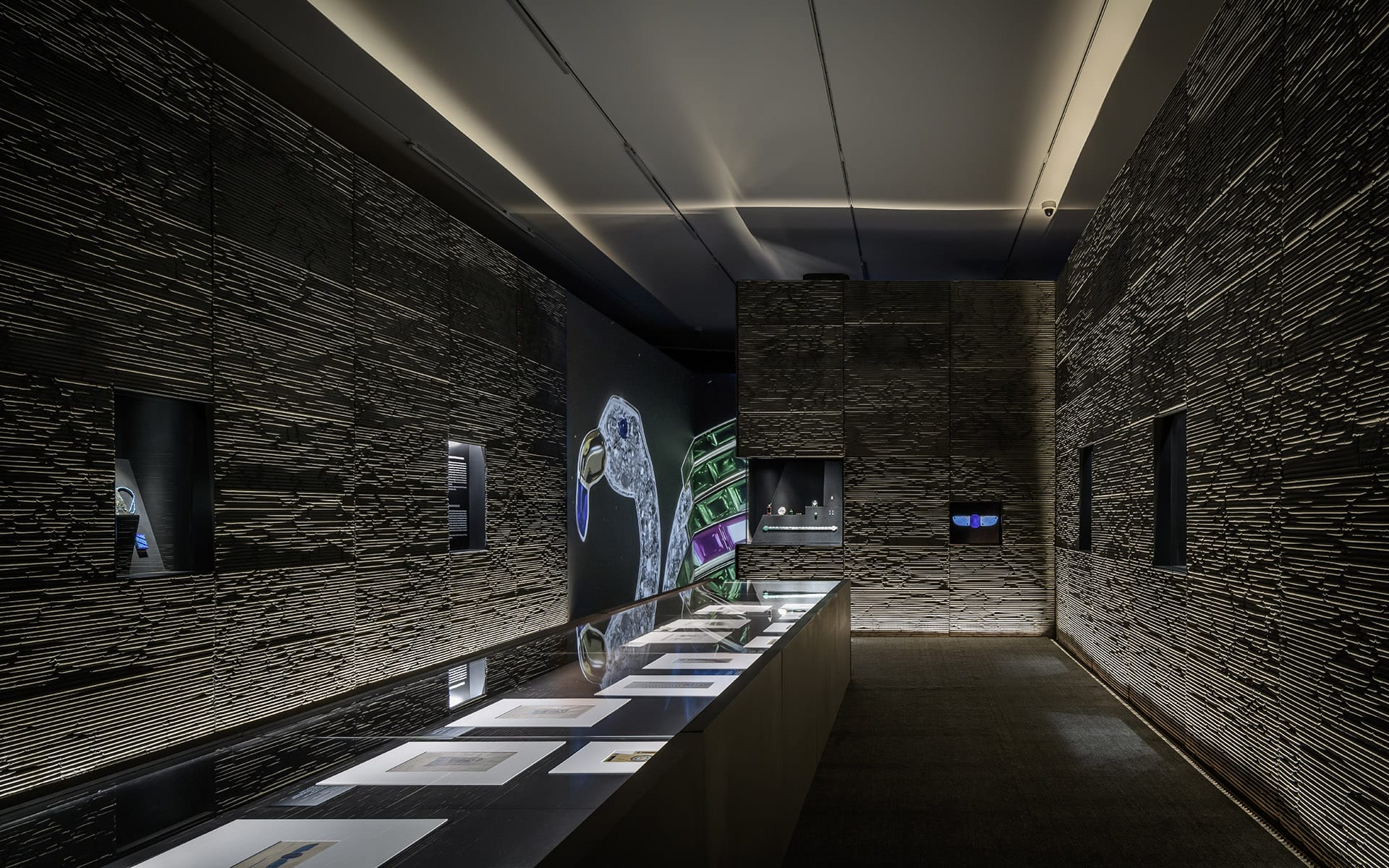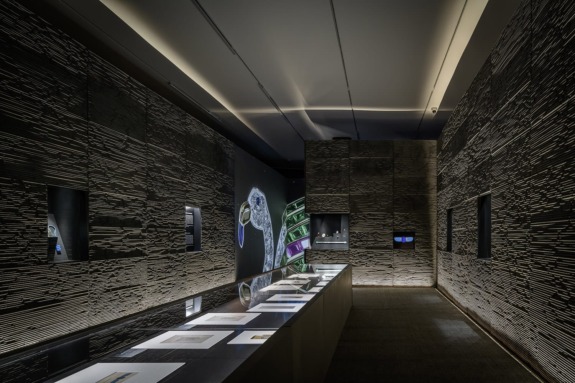Discover Three Legendary Jewels from the Cartier Exhibition at the Museo Jumex in Mexico City
With over 160 works, the show calls attention to the maison’s historical and cultural significance

Jewelry exhibitions have the power to awe, dazzle, and inspire envy. But a recent exhibition at the Museo Jumex in Mexico City went far beyond. “Cartier Design: A Living Legacy” connected cultures, eras, and extraordinary jewels in its sensational curation by Ana Elena Mallet.
“What’s really important is to understand that jewelry could be seen as cultural objects, as material culture, and understood as design pieces,” says Mallet, who was inspired to choose her career path after seeing a Cartier exhibition in Mexico almost 25 years ago. “These pieces should be part of the programming of art museums.”

To go about the lofty task of telling the story of Cartier’s 176-year history and its impact on the present and future, Mallet worked closely with the maison’s archival team to select pieces that “would be a good narrative for Mexican audiences,” especially considering it had been a quarter of a century since such a show had happened in the country. She wanted to reveal the influences of different civilizations as well as the evolution of style and craftsmanship. “I see jewelry as cultural artifacts that can tell you what was happening at the time,” she says.
Mexican architect Frida Escobedo, who received the commission to design the new wing at the Metropolitan Museum of Art, created the installation’s dramatic scenography, looking to Mexico’s pyramids for inspiration. Dramatic, over-scaled video displays lead visitors on a journey past more than 160 exquisite pieces, presented thematically, not chronologically. Borrowing from the Cartier archive as well as private collections, the show, which ran from March 15 through May 14 offered a rare gathering of special jewels—including bespoke commissions, rare watches, and showstopping icons.


Cartier agreed that the approach was an absolute success—highlighting the beauty, the savoir faire, and the cultural significance behind the jewels. “This exhibition is a good example of the right balance between the practical approach and the intellectual approach,” says Pierre Rainero, the brand’s image, style, and heritage director. “Visitors have the opportunity to appreciate each of the pieces, but at the end, you learned something.”
Here, discover the story behind three key pieces from the exhibition:

Pyramid Brooch
By kicking off the show with this special commission from 1935—a chronological departure for an exhibition exploring Cartier’s legacy—Mallet connected the maison with Mexico and its culture. “This is the proof that they were looking not only to the Orient, but they were looking here, to Mexico—even if it is a special commission,” says Mallet, detailing the bijoux, set with a stunning array of various cuts of diamonds, that pays homage to Mexico’s archaeological sites.

María Felíx’s Crocodile Necklace/Brooch
“The first thing that everybody asks when you’re doing a Cartier show is ‘Are you bringing María Felíx’s jewels?’” says Mallet. The famed Mexican actress had a wonderfully creative relationship with the house that included her bringing a baby crocodile into the boutique as source material for her 1975 double crocodile necklace. An articulated work featuring more 1,000 emeralds, 1,000 yellow diamonds, rubies, and emeralds, it could be unhooked to form two separate brooches. Displaying the components separately allowed viewers to better understand its precise engineering.

Jeanne Touissant’s Free Bird Brooch
This small brooch was crafted in 1944 by the maison’s long-reigning creative director Jeanne Touissant to celebrate the end of World War II. “The story goes that when Paris was taken by the Nazis, she designed this brooch that was a bird in a cage, talking about Paris not being free,” says Mallet. When the war ended, this new version appeared in the Paris boutique’s window. “For me, the brooch represents what jewelry and design has to say. That it’s not only precious materials, amazing forms, and functional objects, but also there are layers of symbolisms of narratives.”